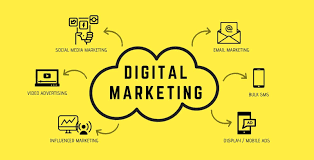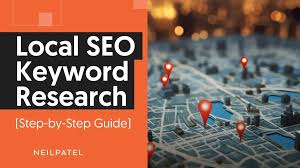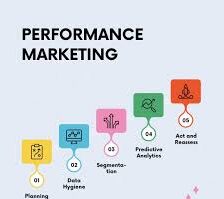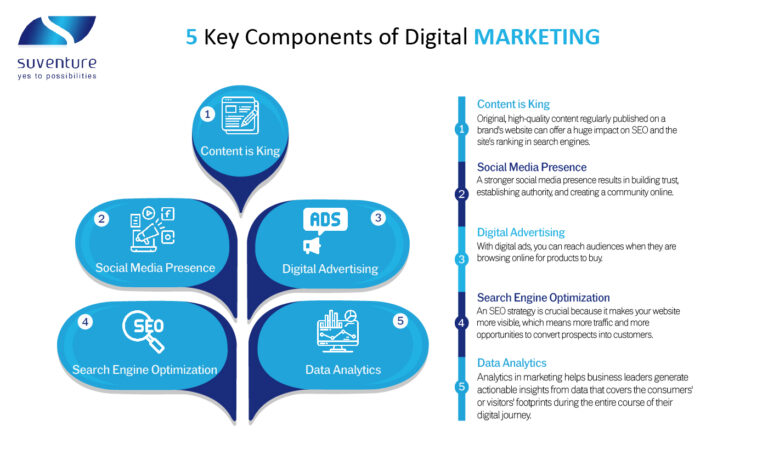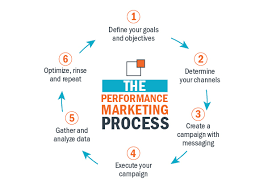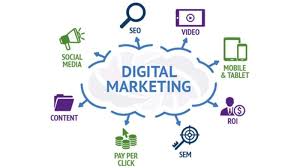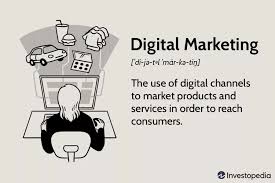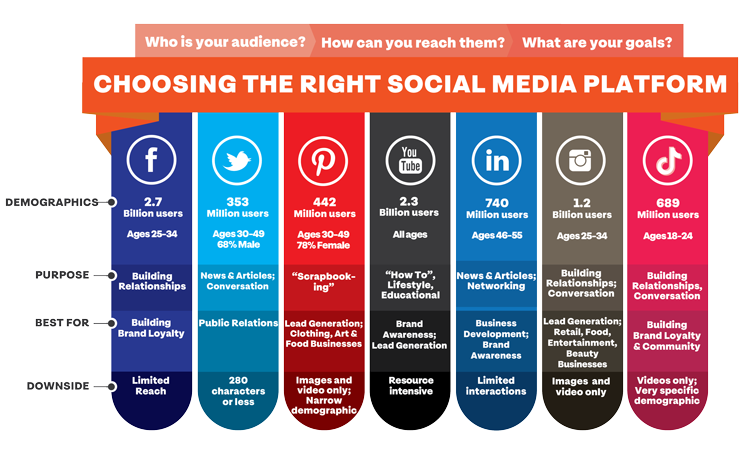Building a Digital Marketing Budget: What You Need to Know
In today’s fast-paced digital world, building an effective digital marketing budget is crucial for businesses of all sizes. A well-planned budget not only helps in allocating resources efficiently but also ensures that your marketing efforts are aligned with your business goals. Whether you’re a small business owner or managing a large enterprise, understanding how to build a digital marketing budget can make or break your online presence. Here’s what you need to know.
1. Understand Your Business Goals
Before diving into numbers, it’s essential to define your business goals. Are you looking to increase brand awareness, generate leads, or boost online sales? Your goals will shape your digital marketing strategy and, consequently, your budget.
For example, a business focused on lead generation might allocate more resources to search engine optimization (SEO) and pay-per-click (PPC) advertising, whereas a brand aiming for increased visibility may invest more in social media marketing and content creation.

2. Analyze Your Current Marketing Spend
If you’ve been investing in digital marketing already, start by analyzing your current spend. Review what’s working and what isn’t. This analysis will help you identify areas where you can cut costs or where you might need to allocate more resources.
Tools like Google Analytics and social media insights can provide valuable data on your current performance, helping you make informed decisions.
3. Know Your Marketing Channels
Digital marketing encompasses various channels, including:
- Search Engine Optimization (SEO)
- Pay-Per-Click Advertising (PPC)
- Social Media Marketing
- Content Marketing
- Email Marketing
- Influencer Marketing
Each channel has its own cost structure and ROI potential. Understanding the costs and benefits associated with each channel will help you allocate your budget more effectively. For instance, SEO is a long-term investment that might not yield immediate results but can drive sustainable traffic, while PPC can provide quick wins but may require a higher ongoing investment.
4. Determine Your Overall Budget
The next step is to determine your overall digital marketing budget. There’s no one-size-fits-all answer, as your budget will depend on various factors, including your industry, business size, and goals. However, a general rule of thumb is to allocate 7-10% of your total revenue to marketing, with a significant portion dedicated to digital efforts.
For startups or businesses in highly competitive industries, this percentage might be higher to ensure a strong online presence.
5. Allocate Your Budget Across Channels
Once you have a total budget in mind, break it down across your chosen channels. Consider the following:
- SEO: Allocate funds for ongoing content creation, link-building, and technical SEO improvements.
- PPC: Set aside a budget for Google Ads, social media ads, and other paid campaigns. Remember to include costs for ongoing optimization and A/B testing.
- Social Media Marketing: Include costs for content creation, advertising, and possibly social media management tools.
- Content Marketing: Budget for blog posts, videos, infographics, and other types of content that align with your strategy.
- Email Marketing: Consider the costs of email marketing software and any design or copywriting services you may need.
- Influencer Marketing: If relevant, allocate funds for partnerships with influencers who can help promote your brand.
6. Plan for Contingencies
Digital marketing is dynamic, and sometimes unexpected opportunities or challenges arise. It’s wise to set aside a portion of your budget—typically 5-10%—for contingencies. This allows you to capitalize on new trends, react to competitive actions, or address any unexpected issues without disrupting your overall strategy.

7. Monitor and Adjust Your Budget
Building a digital marketing budget is not a one-time task. Regularly monitor the performance of your campaigns and adjust your budget as needed. Use key performance indicators (KPIs) such as ROI, cost per lead, and customer acquisition cost to evaluate the effectiveness of your spending.
If a particular channel is underperforming, consider reallocating those funds to a more successful area. Conversely, if a campaign is exceeding expectations, you might choose to invest more to maximize its impact.
Conclusion
Creating a digital marketing budget requires careful planning and ongoing management. By understanding your business goals, analyzing your current spend, and strategically allocating resources across channels, you can build a budget that supports your marketing objectives and drives growth.
Remember, flexibility is key—stay agile and be prepared to adjust your budget as the digital landscape evolves. With the right approach, your digital marketing budget can be a powerful tool for achieving your business goals.

